Traveling – it leaves you speechless, then turns you into a storyteller. – Ibn Battuta
Some places make a strong impressions, they stay in your memory forever…
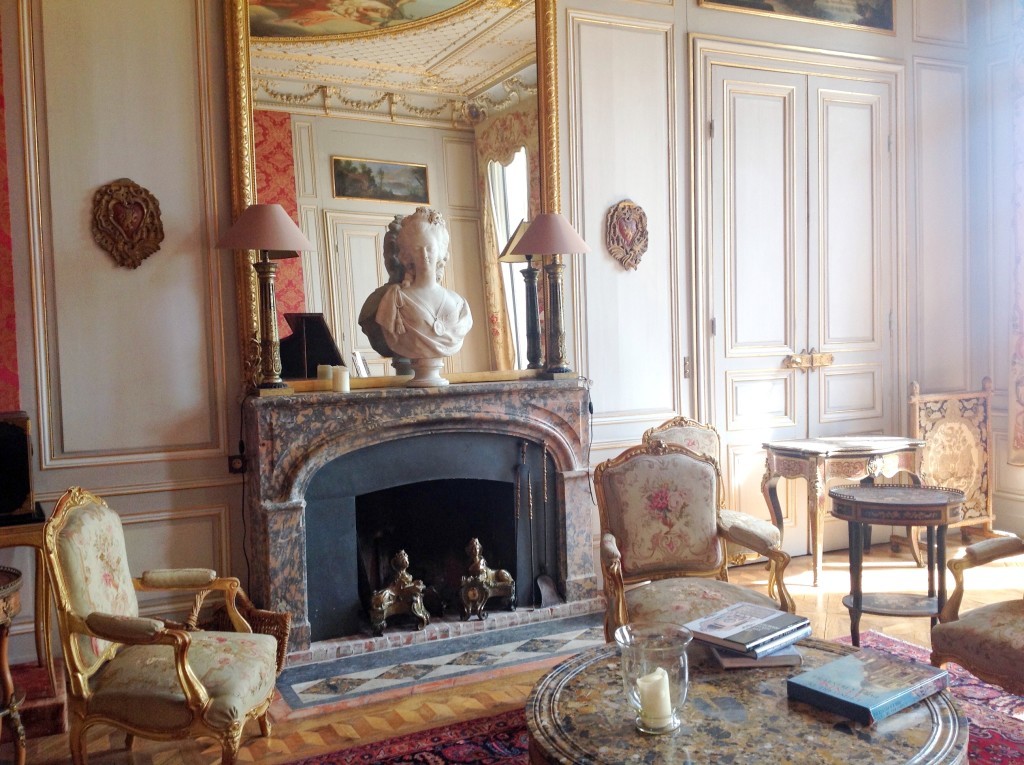
Chateau de Pennautier is just 3 1/2 miles northwest of the impossibly charming medieval town of Carcassonne in Languedoc-Roussillon; situated midway between Rhône and Pyrénées in southern France. This 17th century landmark belongs to Nicolas and Miren de Lorgeril, tenth generation owners and vintners.
King Louis XIII popped in for a visit in 1622 and was so impressed, he left the gift of royal furniture. Now, here I was standing in front of a glorious structure, being greeted by the owner himself, Nicolas de Lorgeril.
Château Pennautier’s history is riddled with many magnificent highs and some horrific lows. Erected by Bernard Reich Pennautier, Treasurer of the States of Languedoc, the historic Château has been in the family since 1620. In 1670, Bernard’s son, a frequent visitor to Versailles court of Louis XIV and was fascinated by its grandeur, commissioned Le Vau, the architect of Versailles, to expand the Chateau. Mr. Le Notre, landscape architect of Versailles, then designed the expansive, 75 acre park grounds.
Moliere visited and wrote his famous comedies there. Pierre Louis Pennautier, the great financier of his time, came next and brought along great additions to the castle’s collection of paintings and art objects. Upon his passing in 1710, the castle went to his nephew, Jacques de Beynaguet Pennautier, a decorated military officer, who was a part of the Revolution at Versailles. There was a devastating fire that caused extensive damage to the castle’s Northeast wing.
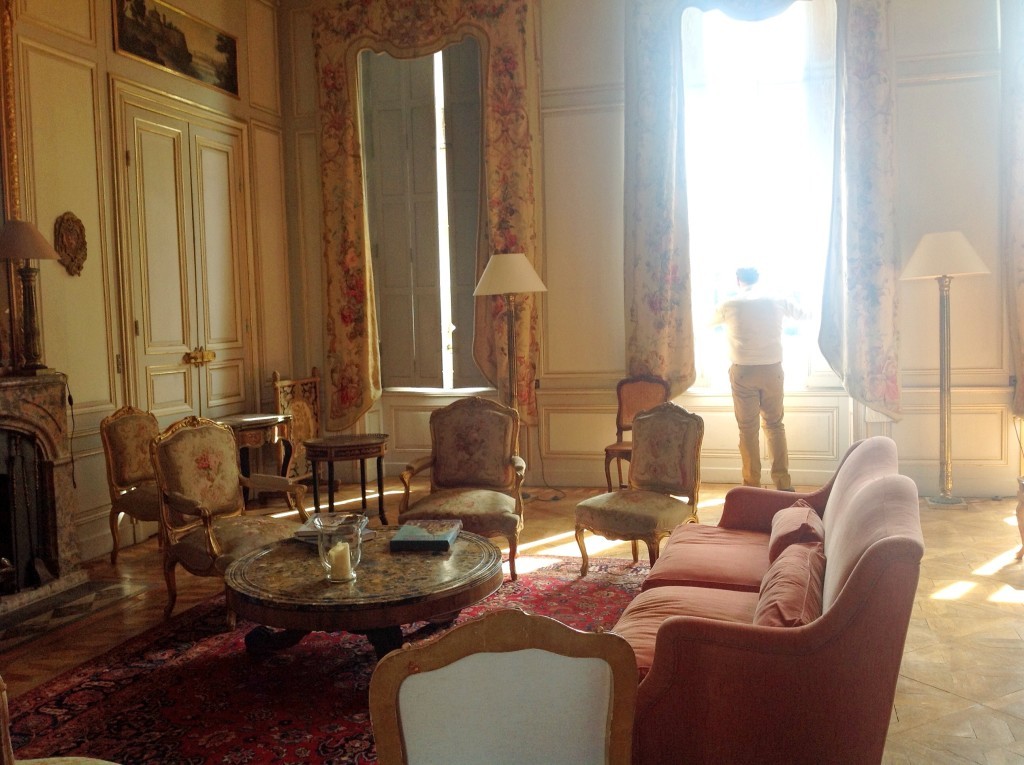
The history of Languedoc region is closely interwoven with the history of the family’s home. Lorgeril’s viticultural endeavor has a long record as well. There is evidence of Pennautier wines being served at the King’s officer’s table in Versailles as early as 1701.
The existing vineyard has been renovated, with additional vine plantings at higher elevations. Five other estates, in the south of France, have been acquired and developed. The castle is the epicenter of wine production, with the wines covering nine AOC Appellations that include Cabardès, Vins de Pays d’Oc and Vins de Pays de la Cité de Carcassonne. In the heart of the Cabardès appellation, the vines thrive at high altitudes. The terroir is predominantly composed of clay-limestone soils, the climate is largely Mediterranean, with maritime influence from the Atlantic and cool air from the mountains. Visitors would enjoy spectacular views of the Pyrenean mountain range from the sites.
Chateau de Pennautier produces a large number of wines, including their namesake bottling to honor the family chateau, as well as Chateau de Caunettes, Chateau de Ciffre, Domaine de Garille, Domaine de la Borie Blanche and Mas de Montagnes. Each offering is meant to reflect the unique terroir, the magical confluence of soil, climate, altitude, and the folks who touch the land and the grapes. Of note, the techniques used in grape growing and the production have been modernized and upgraded, old-fashioned processes have given way to the contemporary and current.
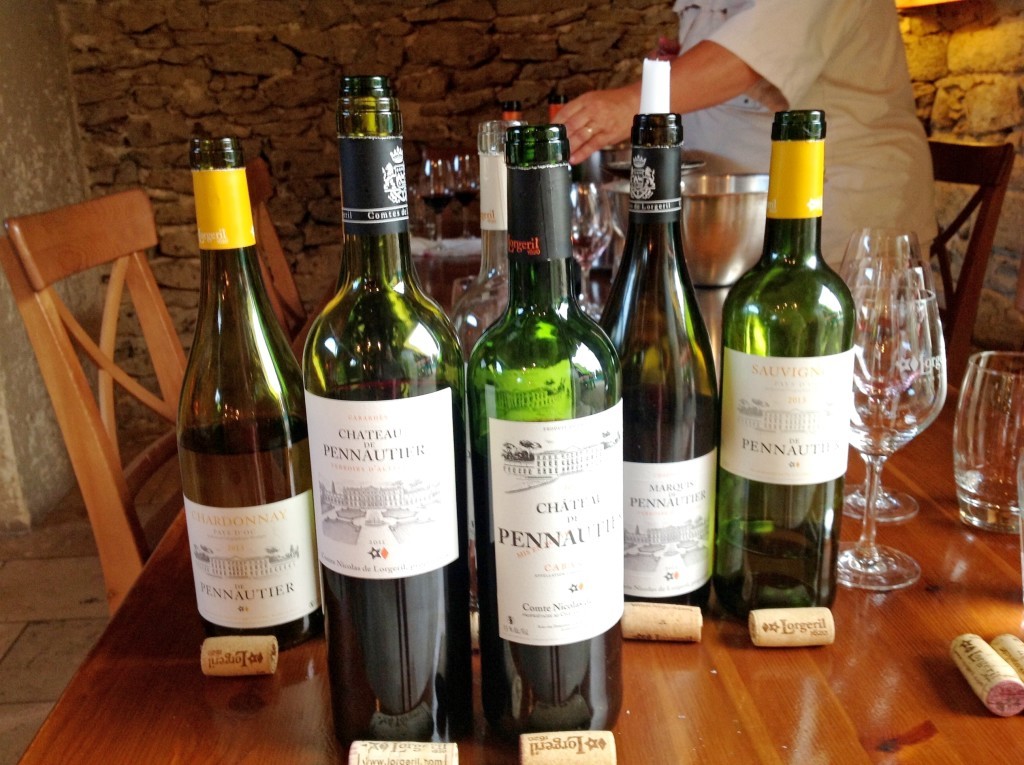
Nicolas, a tall, handsome, soft-spoken gentleman cheerfully hosted me throughout my stay. His gracious disposition left a strong impression. Up early, he went into town for freshly baked bread, so he could offer a traditional French breakfast. Sitting in the dining area across the table from a man who traces his family five centuries back, felt surprisingly comfortable and oddly familiar. We chatted about my Languedoc travels and his winemaking aspirations.
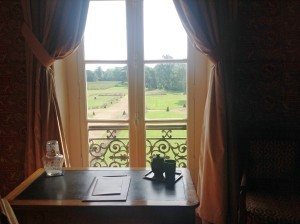
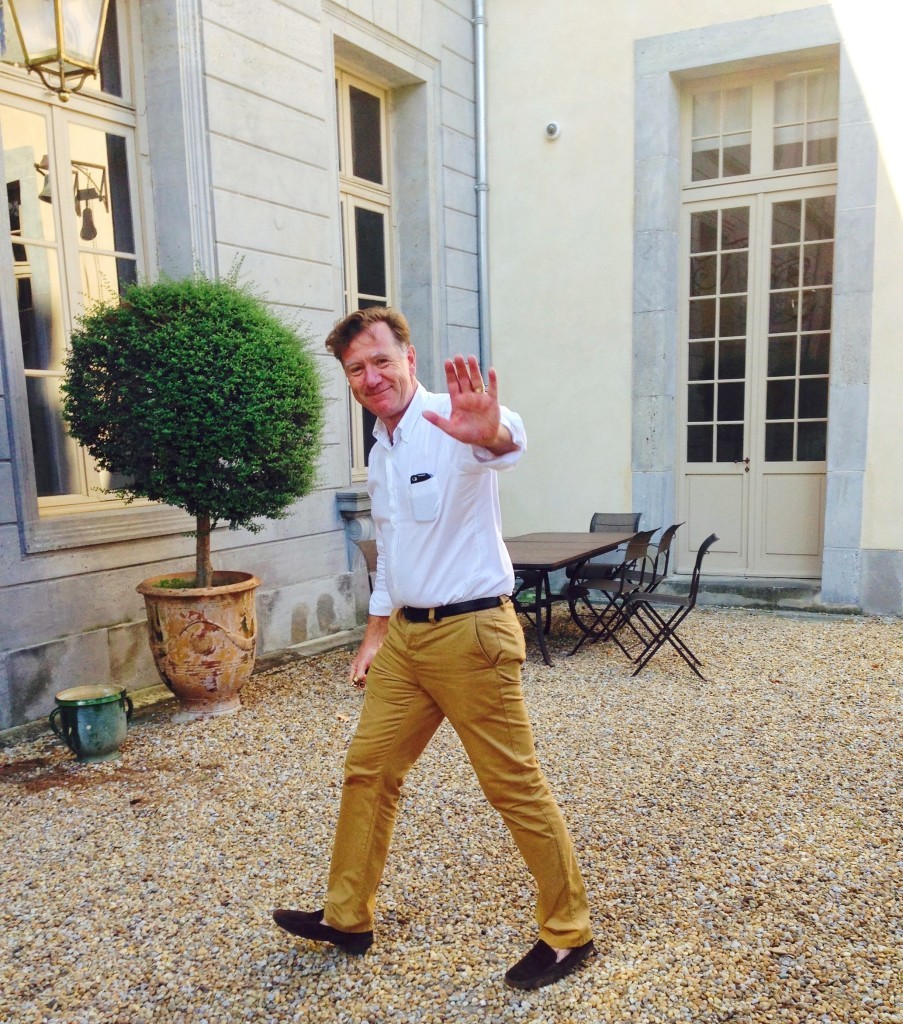
My first castle visit left a powerful imprint. The Chateau was magnificent and magical. However, it’s stewards were even more impressive.

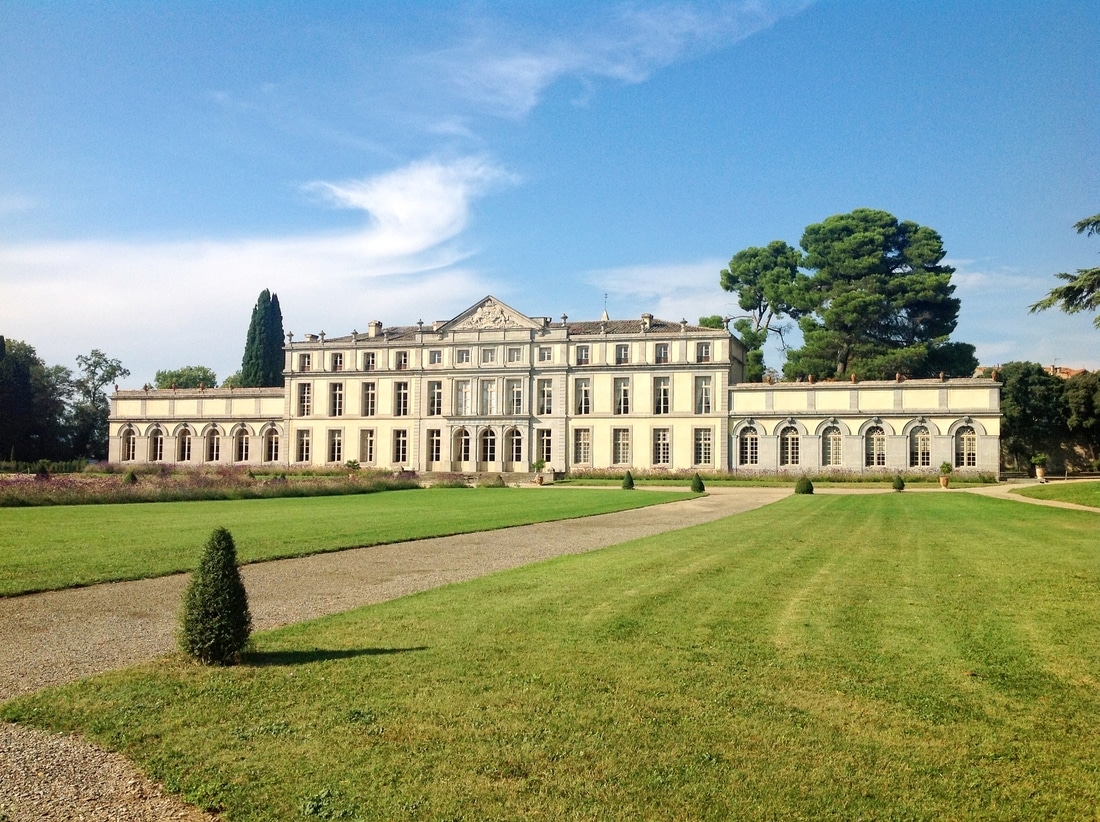

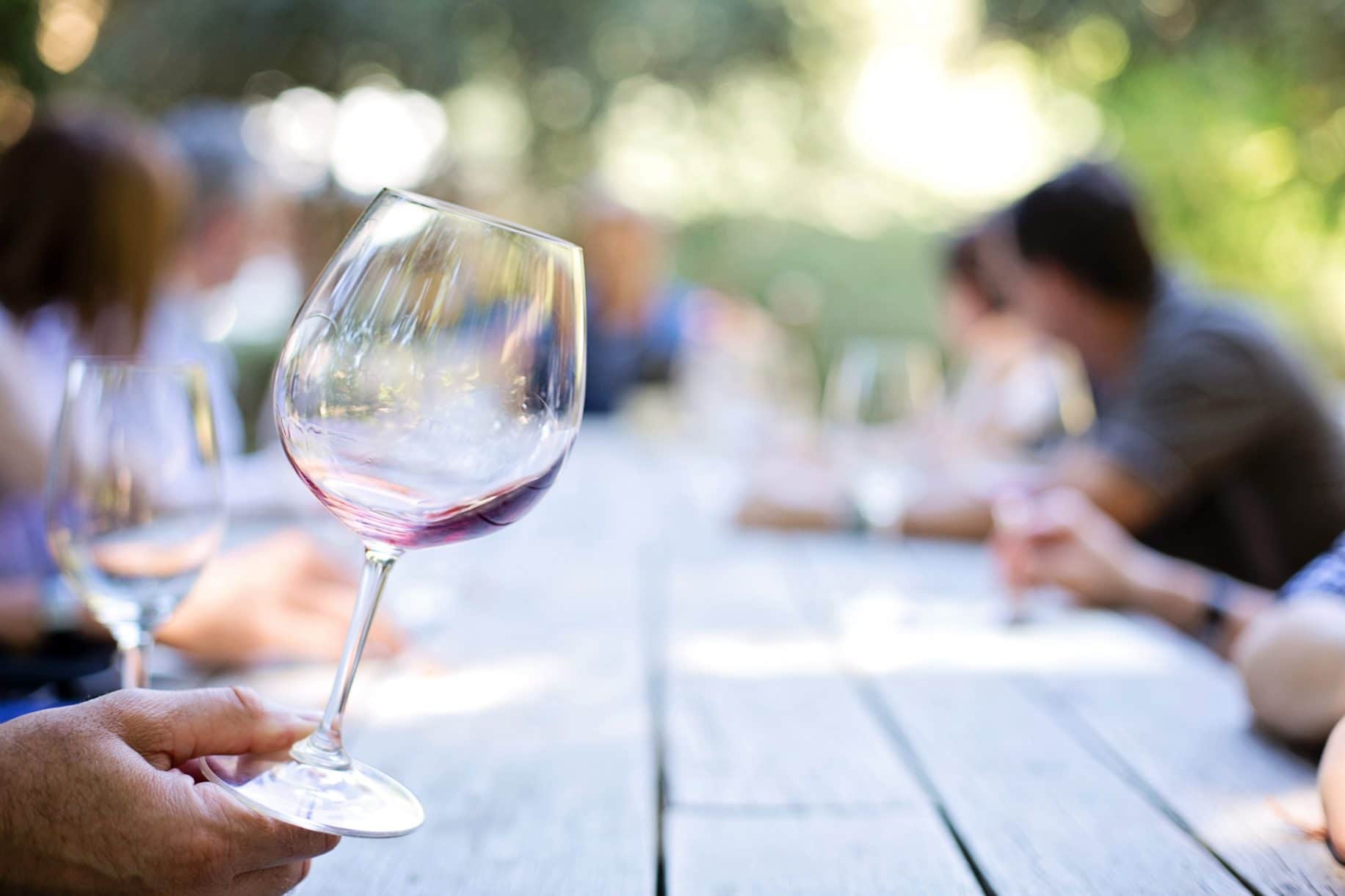

You must be logged in to post a comment.